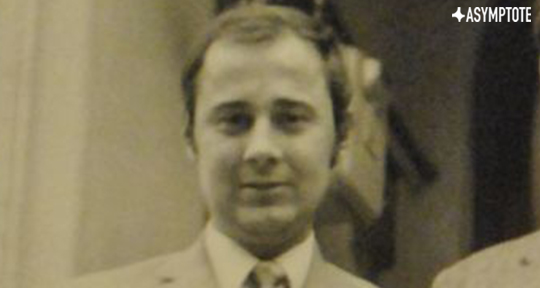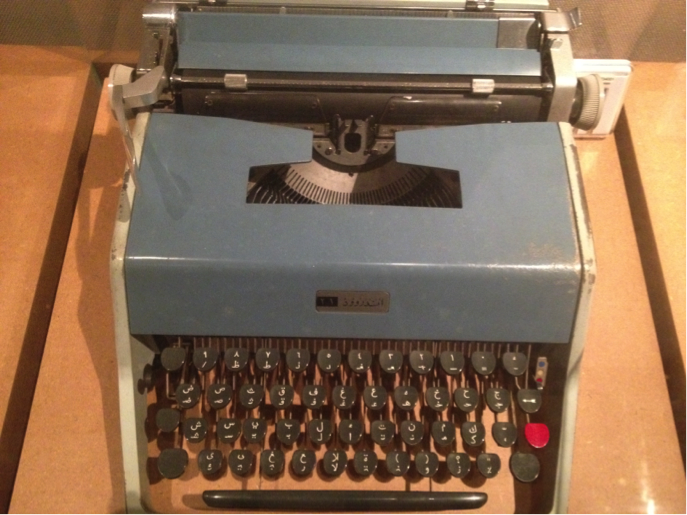In today’s world, where the study of science and the humanities are considered as oppositional, the art of translation lies arguably somewhere in the middle. In this essay, Asymptote’s Andreea Scridon profiles Romanian writer and doctor C.D. Zeletin, who challenged this false dichotomy, and through his work in both medicine and literature, showed the possibilities of inter-disciplinary cross-pollination.
I first heard of C.D. Zeletin in my Translation Studies course in Bucharest. I was spending a month in the city, just catching the brutal beginning of winter among the greys and blues of its urban landscape, and, sheltered in the seminar room from the iciness of the rough wind that is known to blow over the region’s plains, this was one of the lessons that I was enjoying most.
C.D. Zeletin, my professor told me, was a doctor. As he rode the trolleybus to the Pediatric Hospital every day, he would translate Michelangelo’s sonnets mentally, from Italian to Romanian, presumably wearing his white coat and gazing out the window. Eventually, the written product of this passion would see the light of day, published several years after its conception as Poezii [Poems]. These translations are considered, in fact, elegant and successful. The collection won the 1965 Edinburgh Book Award and Gold Medal. It would have a reverberative effect for generations of readers and poets to come; rather than adhering to Renaissance models strictly, the translation resembles a more personal search, thus producing an inventive and original approach that speaks to twentieth and twenty-first-century readers.


